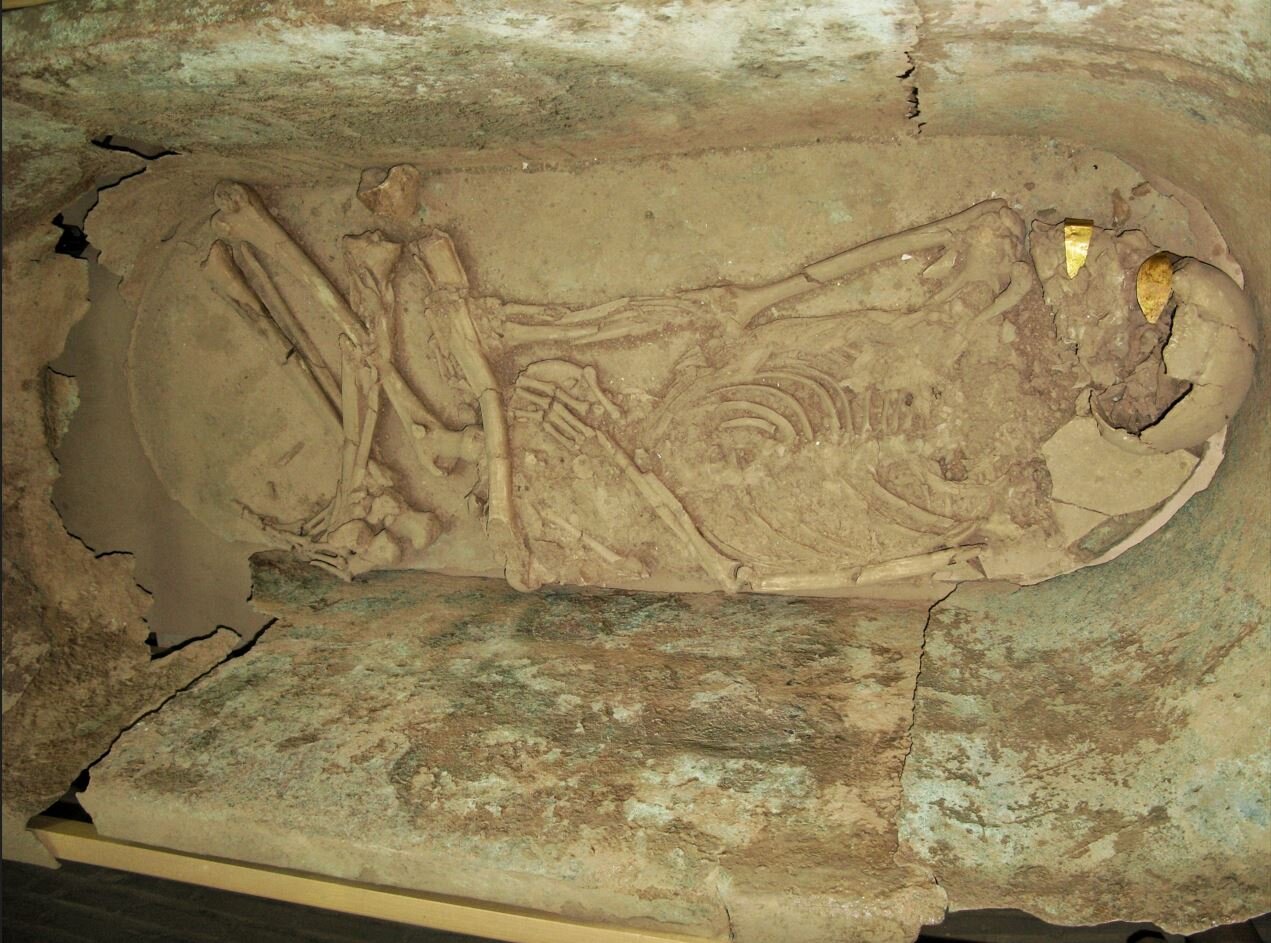2,200-year-old Seleucid-era coffin to go on display in Lorestan

TEHRAN - A 2,200-year-old bronze coffin, believed to belong to a royal figure from the Seleucid era, is set to be displayed in Lorestan after 20 years, offering a unique glimpse into ancient Iranian history.
“The coffin, unearthed in 2004 during excavations in the Chub Tarash area south of Khorramabad, is believed to belong to the Seleucid era,” the local official in charge of cultural heritage noted on Saturday, adding that it will soon be showcased at the Falak-ol-Aflak Castle museum in Khorramabad.
Ata Hasanpour further explained that the coffin, was found with two gold masks placed over the mouth and eyes of the skeleton, which have since been restored. A coin, also from the Seleucid period, was discovered on the chest of the coffin, helping to date the artifact, the official added.
“This discovery is a rare occurrence in Iranian history—a well-preserved coffin that has been carefully restored,” he stated. “Evidence suggests that the coffin belonged to a prince aged between 30 and 40, standing at 180 cm tall.”
The prince, Hasanpour elaborated, is believed to have died from an infected sword wound sustained in battle, with his burial carried out in a royal manner.
The coffin had been undergoing restoration in the Falak-ol-Aflak Castle laboratory and is now being prepared to be exhibited in the museum after 20 years, according to the director-general.
In his final words, Hasanpour underscored that the display is part of ongoing efforts to prepare for the UNESCO evaluation process for the global recognition of the Khorramabad Valley.
XF/AM
Leave a Comment